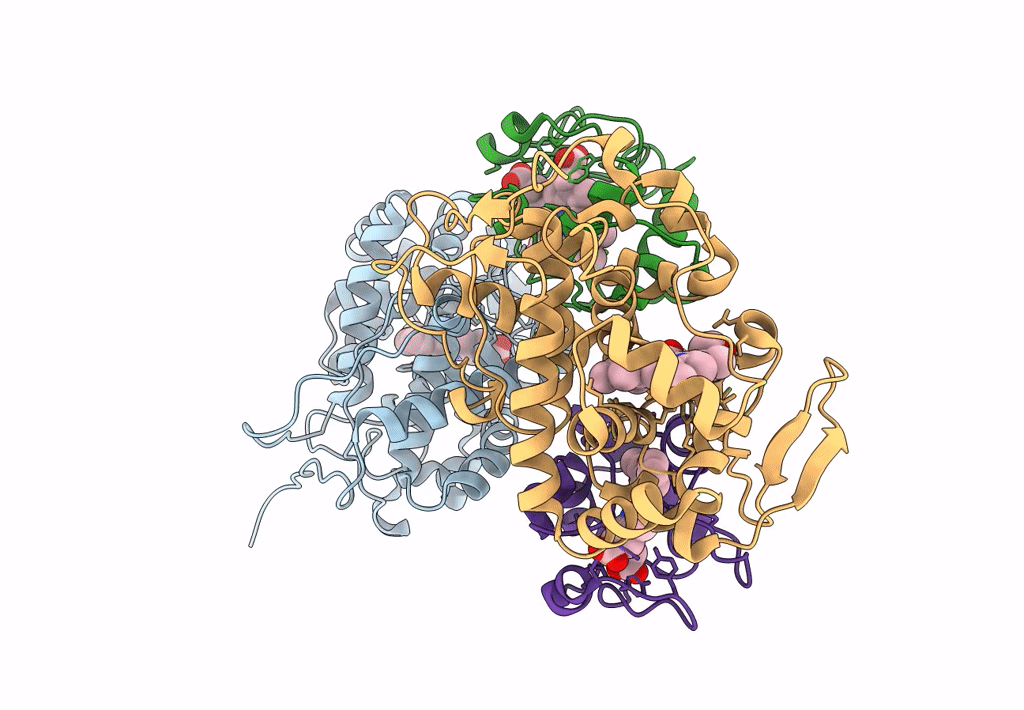
Deposition Date
2004-01-27
Release Date
2004-04-27
Last Version Date
2024-10-09
Entry Detail
PDB ID:
1S6V
Keywords:
Title:
Structure of a cytochrome c peroxidase-cytochrome c site specific cross-link
Biological Source:
Source Organism:
Saccharomyces cerevisiae (Taxon ID: 4932)
Host Organism:
Method Details:
Experimental Method:
Resolution:
1.88 Å
R-Value Free:
0.24
R-Value Work:
0.19
R-Value Observed:
0.19
Space Group:
P 1 21 1


